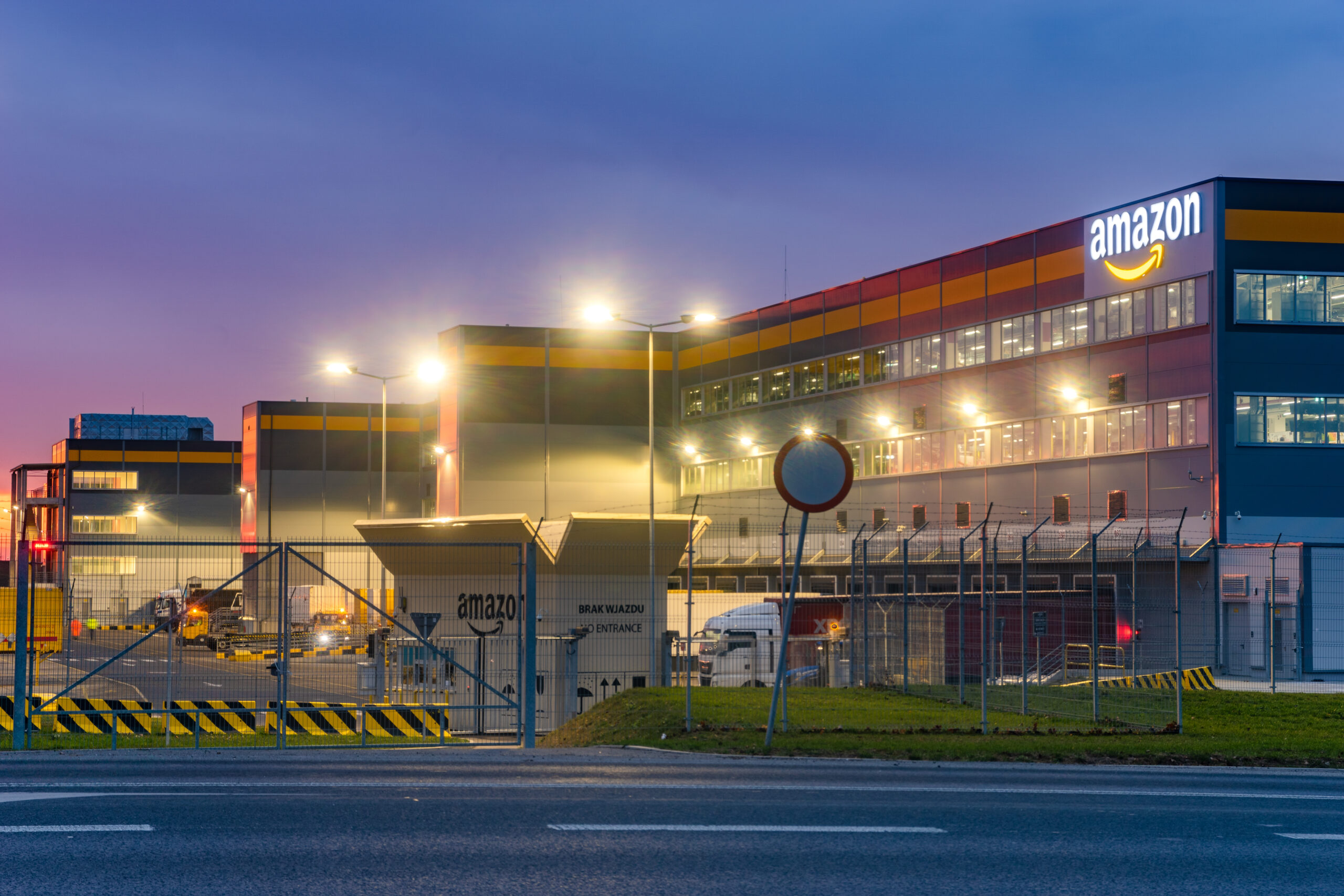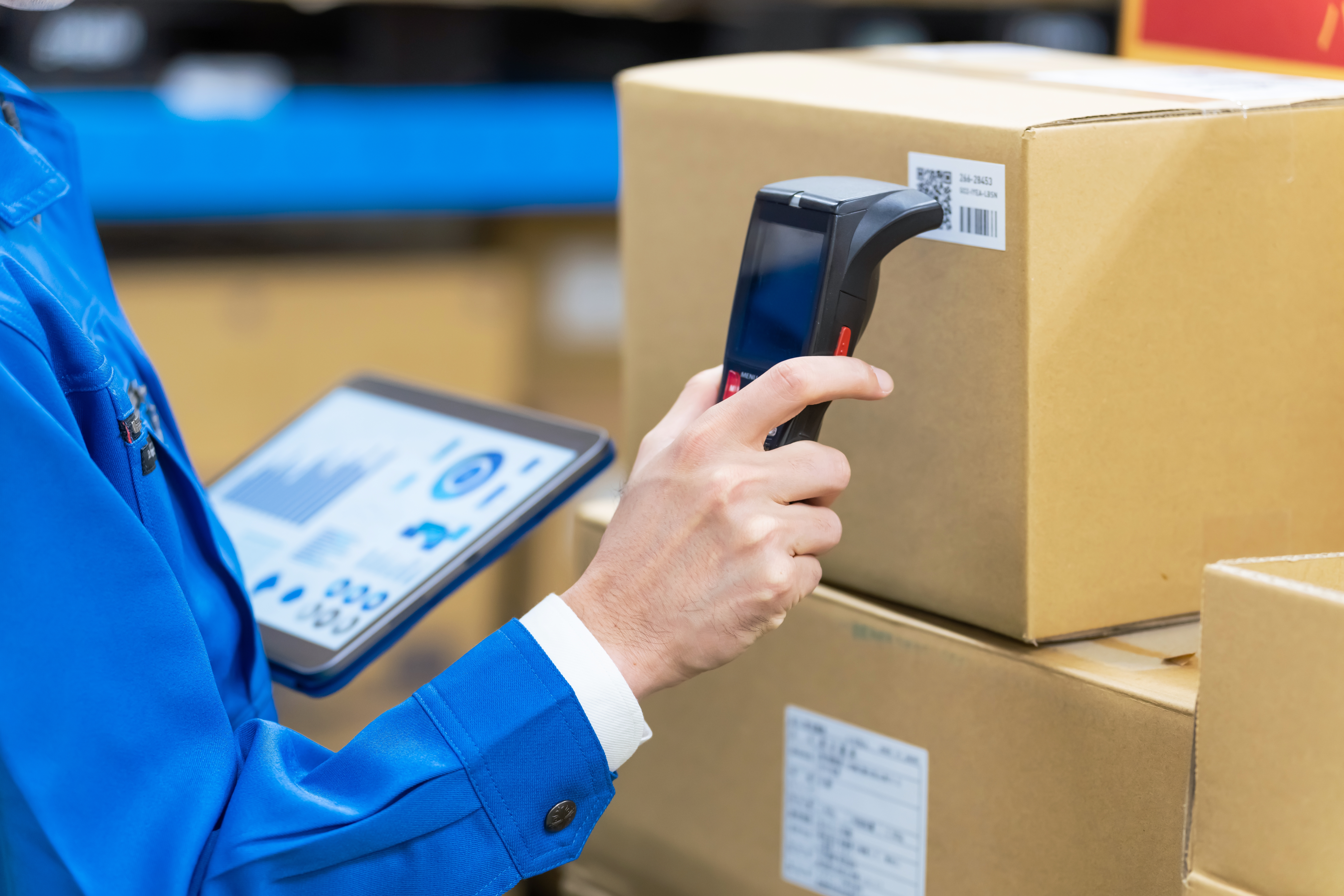Surviving AWD’s Capacity Limits and Confusing Fees
September 15, 2025

If you sell on Amazon, you already know the pain of FBA storage limits, restock restrictions, and rising surcharges. For many, the logical next step seemed to be Amazon Warehousing & Distribution (AWD), a program pitched as the bulk-storage solution that would smooth replenishment into FBA.
On paper, AWD is intended to provide convenience, scale, and integration. In practice, the story is more complicated.
The Perks of AWD (When It Works)
Here’s what AWD can offer:
- Bulk import storage. You can send container loads straight into AWD instead of piecemeal into FBA.
- Auto-replenishment. Inventory flows automatically from AWD into FBA, reducing manual intervention.
- Prime coverage. Because AWD is tied into Amazon’s network, restocking FBA can be faster than forwarding from a 3PL.
- Less manual prep. Certain SKUs can bypass extra handling, since AWD is designed to feed directly into Amazon’s system.
Some sellers lean on these perks successfully—especially those with predictable replenishment patterns and simple product catalogs. But many others say the experience falls far short of the pitch.
The First Roadblock: AWD Capacity Limits
While the perks sound good in theory, the reality for many sellers has been much different. AWD is riddled with capacity problems that limit its reliability. Complaints about AWD rejecting shipments are everywhere. Sellers are seeing messages like:
“Sorry, at this time we don’t have space available for your inventory. Try again in 7 days.”
Some report that retrying a day later works. Others find themselves completely stuck during peak season with no ability to move inventory. And Amazon support’s official response has been vague, calling it “temporary capacity constraints.”
This is happening most often on the West Coast, where AWD facilities are overloaded with import traffic. In other words, the very program designed to give you backup space can lock you out without warning.
And sellers increasingly believe there’s more to it: that Amazon has been tightening FBA storage limits intentionally, making AWD feel less like an option and more like the required path. This theory is showing up more regularly in brand conversations and forums.
The Second Roadblock: Fees You Can’t Predict
Let’s say your shipment finally makes it into AWD. You’re not out of the woods yet.
As of April 2025, Amazon split AWD fees into multiple moving parts:
- Base, Smart Storage, and Amazon Managed tiers (each with different eligibility rules)
- Inbound and outbound processing fees charged separately
- Transportation fees that vary by SKU
To qualify for the lower “smart storage” rates, you need at least 70 percent auto-replenishment ratio and 70 or more days of supply across AWD and FBA. These metrics are recalculated monthly, which means your rate can change without warning.
Sellers often say their bills feel like a guessing game.
What Sellers Are Experiencing
- Unpredictable shipments. Sometimes AWD accepts, sometimes it rejects, with no visibility.
- Confusing invoices. Rate changes mid-cycle, discount eligibility isn’t clear, and bills don’t match expectations.
- Cash flow stress. Inventory tied up in AWD but not flowing into FBA, all while fees rack up.
The forums are full of sellers calling AWD a “black box” that makes planning nearly impossible.
What You Can Do About It
1. Do Not Rely on AWD Alone
Think of AWD as overflow storage, not the backbone of your supply chain. If Amazon marks you as “at capacity,” your inventory flow grinds to a halt. To prevent this:
- Always keep at least two inbound pathways open: AWD and either a 3PL or direct-to-FBA shipments.
- Forecast critical SKUs (your top sellers) separately and build redundancy so they don’t sit in AWD purgatory.
- Run test shipments in off-peak weeks so you know how Amazon is treating your account before Q4 hits.
2. Use a 3PL as a Safety Net
Third-party logistics (3PL) providers are not just about storage. They can keep your revenue moving when AWD stalls. Here’s how to leverage them:
- Divert imports straight to a 3PL first. Let them handle container unloading, carton forwarding, and prep. From there, you can drip feed into AWD or FBA when space opens.
- Use your 3PL to buffer against AWD “capacity errors.” If a shipment is blocked, redirect pallets from your 3PL into FBA until Amazon clears space.
- Demand transparency. Choose a 3PL that offers flat per-pallet or per-CBM rates and guaranteed SLAs. Unlike AWD, you should know exactly what each unit costs to store and move.
- Exploit flexibility. A 3PL can support multi-channel fulfillment (Shopify, Walmart, DTC) and handle custom packaging, kitting, or bundling that Amazon will never do.
3. Build a Hybrid Fulfillment Strategy
The sellers who survive Amazon’s moving goalposts have one thing in common: they don’t put all their eggs in one basket. A practical hybrid strategy looks like this:
- FBA for fast movers. Keep your Prime-eligible products flowing through FBA to capture Buy Box wins.
- AWD for bulk storage only when the math works. Double-check whether smart storage discounts actually apply; if not, AWD might be costing you more than a 3PL.
- 3PL for control and safety stock. Keep a rolling 60–90 days of buffer inventory outside of Amazon’s system so you can react when AWD or FBA throws up roadblocks.
- Set triggers. For example, if AWD rejects a shipment twice in a row or FBA restock limits fall below X units, you switch fulfillment flows through your 3PL until stability returns.
4. Stay Ahead of Fees and Metrics
- Download AWD Fee Metrics monthly. This tells you whether you qualify for smart storage rates and how your auto-replenishment ratio is trending. Do not wait until the bill arrives to find out.
- Audit invoices. Sellers are already reporting billing surprises. Compare monthly AWD invoices to your own shipment records to make sure the rate applied matches your eligibility.
- Set internal alerts. If your auto-replenishment ratio dips below 70 percent, expect higher base rates next month. Use this knowledge to reallocate inventory before Amazon flips the switch.
5. Plan for Q4 Capacity Crunches Now
- Stagger shipments. Instead of sending full container loads straight into AWD in October, drip-feed shipments earlier and hold balance stock at a 3PL.
- Expect “no space available” messages. Have backup labels, cartons, and prep instructions ready at your 3PL so you can pivot shipments to FBA within 24–48 hours.
- Run scenario planning. Ask: If AWD blocks me for two weeks in November, how do I keep stock moving? Build that plan now, not when you’re already in crisis.
The Takeaway
Sellers turned to AWD as the escape hatch from FBA limits, only to find themselves boxed in again. First it is capacity caps, then it is fee confusion, and the result is less control over your inventory than ever.
The solution is not to abandon AWD entirely. It is to stop relying on it exclusively. With a hybrid model and a dependable 3PL partner, you will have the backup capacity and pricing clarity Amazon cannot guarantee.If you are looking for a reliable backup to keep your inventory flowing, ZQUARED’s inventory fulfillment services are designed for Amazon sellers. With clear pricing, fast turnaround, and the ability to move product into FBA when you need it most, we can help you stay ahead of capacity surprises.
View More Insights
Ready to scale your business?
Talk with one of our ecommerce experts.



